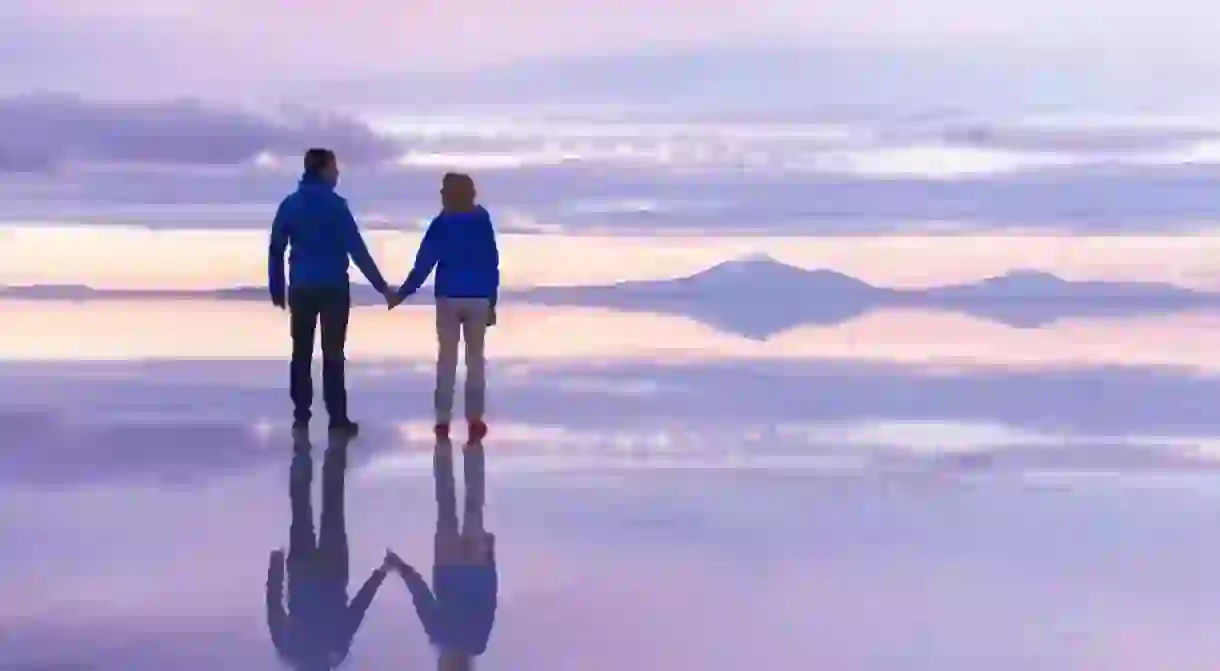The Best Time to Visit Bolivia

Spanning a multitude of microclimates from the Amazon to the Andes, Bolivia is a vast and untamed country just begging to be explored. But with so many different climatic zones to consider, how can you determine the best time to visit? Thankfully, Culture Trip has done the legwork for you by preparing this simple guide.
Dry or wet?
Rather than a traditional four seasons, Bolivia has just two: the dry and the wet. Although these vary slightly throughout the country, the dry season generally begins in May and ends in late November, with the wet occupying the rest of the year. Having said that, torrential rains mostly tend to fall between January and March. The other “wet” months, on the other hand, usually experience just an isolated shower at most each day.
Note that the seasons are being delayed more and more each year, most likely due to the effects of global climate change. Weather information from the guidebooks of ten years ago is surprisingly out of date.
Also be aware that there are always exceptions to the rule, with brief but heavy downfalls occasionally occurring outside of January to March (although almost never between June and August).

The dry season
The dry season is high season in Bolivia as crystal clear skies and a distinct lack of rain allow tourists to hike and climb to their heart’s content. The best months for outdoor adventures are May through August when the chance of rain is minuscule.
The downside is that it can get bitterly cold in the highlands at this time of year. Most Bolivian hotels don’t have heating so be sure to pack plenty of warm clothes. This is of utmost importance on overnight journeys where unheated and poorly insulated buses drop well below freezing.
In the Salar de Uyuni – the country’s most famous attraction – overnight temps drop down to -20 C (-4F), meaning it’s essential to wrap up. Many tours leave before dawn, so be prepared to be cold.
Over in the tropics, temperatures are considerably more manageable. Amazonian wetlands will be relatively dry (depending on how long ago the rain stopped), meaning at times travelers must explore by foot rather than a dugout canoe.

The wet season
Travelers coming to experience Bolivia’s natural splendor would do well to avoid the wettest months of January to March. Mountain climbing is usually off limits during this period and trekking, although possible, will probably mean getting wet. The other “wet” months – September to December and April – usually entail much more sporadic rainfall which means sunshine is possible but not guaranteed.
Non-outdoorsy travelers can happily visit all through the wet season. Keep in mind, however, that substantial rains can seriously mess up travel plans. In extreme cases, entire roads are washed away and remote airports are closed for days on end. Be sure to have a flexible itinerary if traveling during this time.
In the tropics, it will be either pouring rain or insufferably hot. On the plus side, the Amazon is flush with life and travelers can spot plenty of amphibian life from the comfort of a canoe.
Finally, those who long to marvel at the heavenly mirror effect of the Salar de Uyuni should opt for the wettest months. Again, it’s impossible to predict precisely when the salar will flood so be prepared to take a punt.

What about crowds and costs?
As you would expect, many more tourists visit the country during the high and dry season. If that is something that bothers you, consider coming during the shoulder season instead.
Pricewise, some hotels offer lower rates in slower periods upon negotiation but don’t expect to see any substantial savings. Airfares are only marginally cheaper outside of the dry season as well (avoid school holidays and festivals for the best rates).














